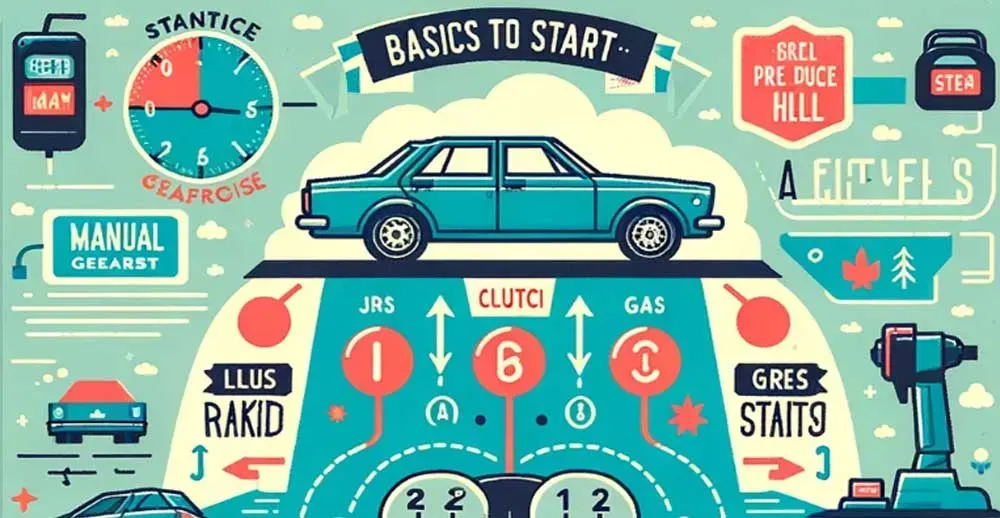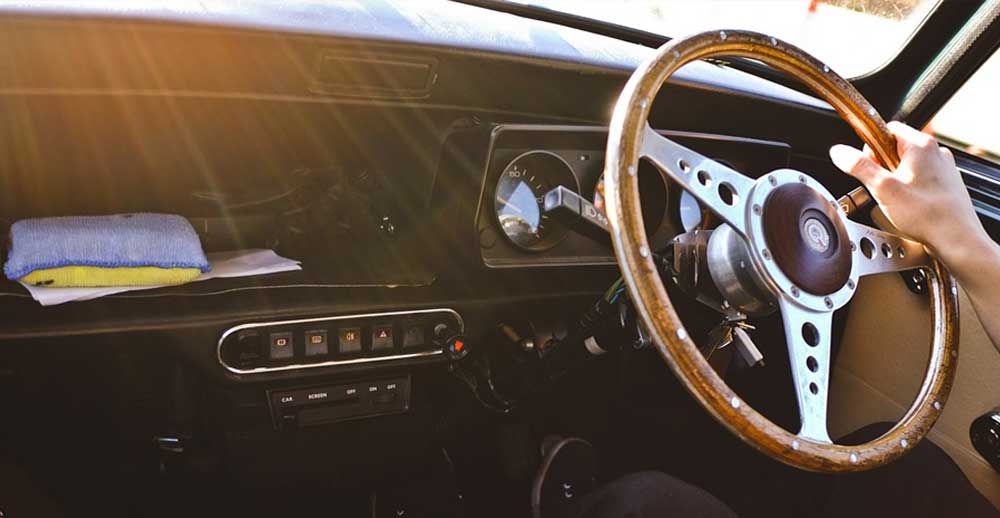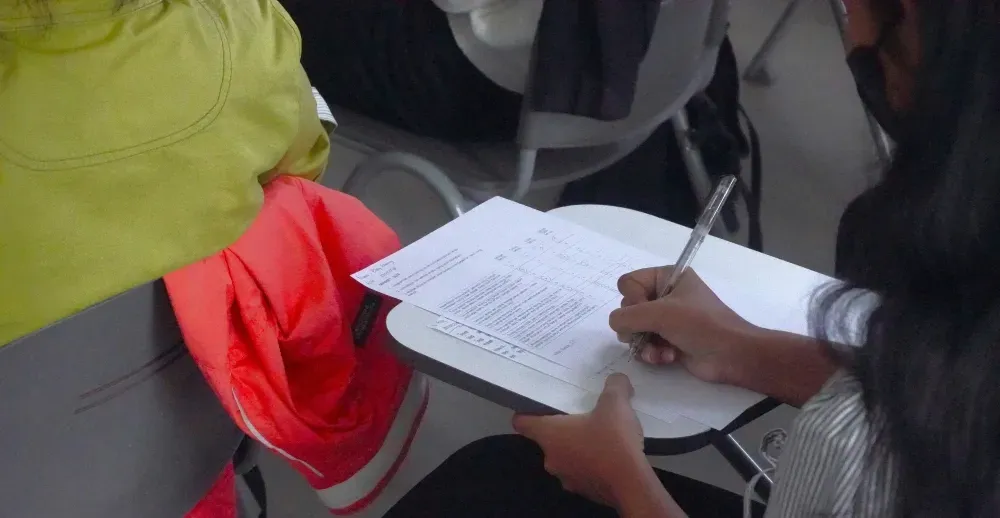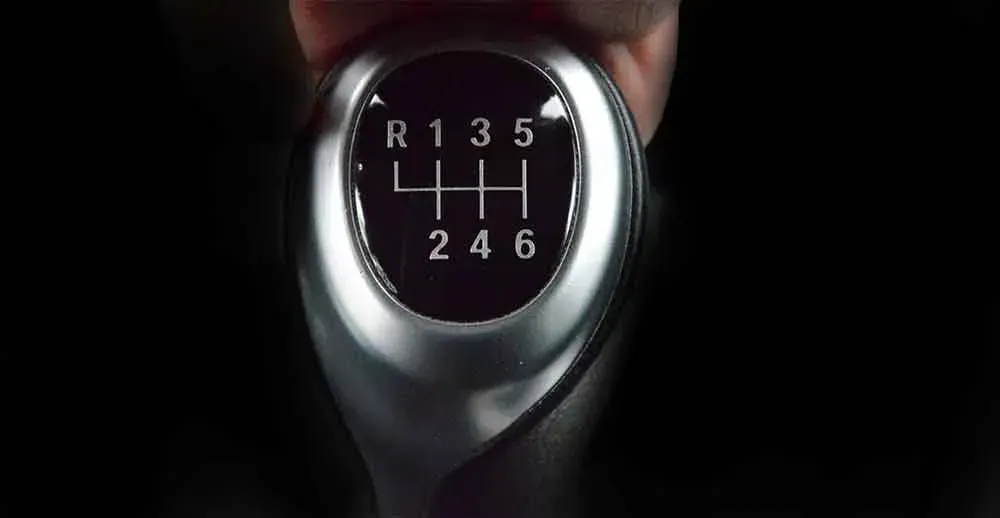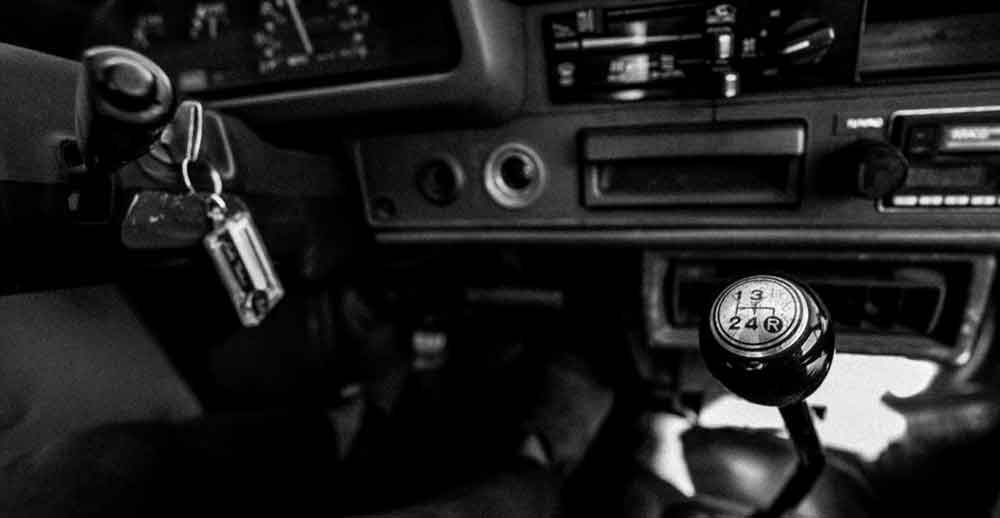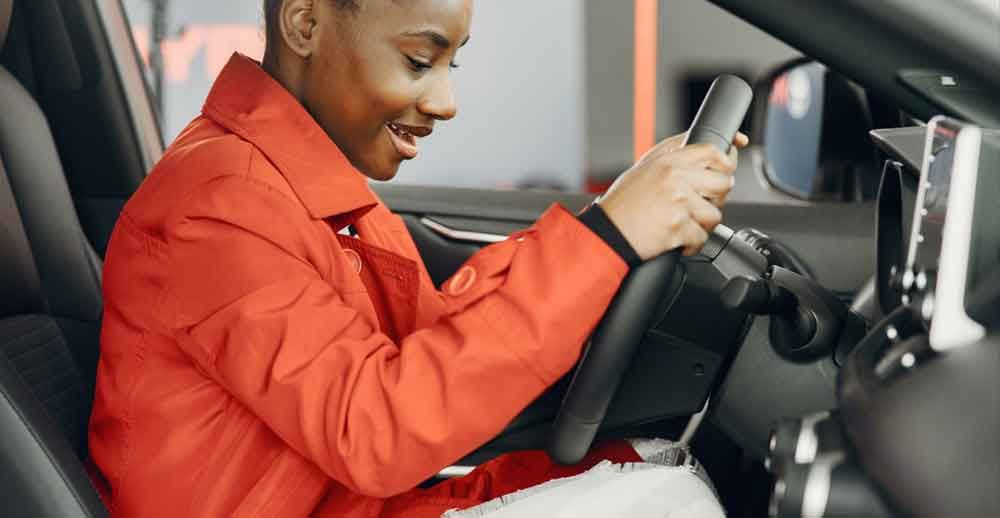Hand Placement and Gear Shifting
Driving a manual transmission vehicle offers a level of engagement and control that automatic cars can’t match. However, mastering the art of manual driving is not just about learning how to operate the clutch and shift gears. Equally important is the technique of proper hand placement on the steering wheel and the gear stick. These fundamentals are crucial for maintaining control, ensuring safety, and enhancing the driving experience. Proper hand placement ensures that drivers can respond swiftly and accurately to various driving conditions, while adept gear shifting allows for smooth transitions and optimal vehicle performance. This article delves into the essentials of manual car hand placement and gear shifting, offering insights and techniques to help both novice and experienced drivers refine their skills. Understanding and applying these principles will not only make your drive more enjoyable but also contribute to your growth as a proficient manual car driver.
Understanding Manual Transmission
A manual transmission, often heralded for its direct driver engagement and control, stands in contrast to its automatic counterpart by requiring the driver to manually shift gears based on the vehicle’s speed and driving conditions. Central to this system is the gear stick (or shifter), which allows the selection of different gears, typically ranging from first through fifth or sixth, including reverse. Each gear corresponds to a specific range of speeds and engine performance levels, making the choice of gear crucial for efficient driving.
The heart of the manual transmission’s operation is the clutch pedal, positioned to the left of the brake pedal. The clutch is a mechanical device that disengages and engages the engine from the transmission system. Pressing the clutch pedal disconnects the engine, allowing the driver to shift gears without causing damage to the internal gears. Releasing the clutch then re-engages the engine at the new gear ratio.
Mastering the coordination between the clutch pedal and the gear stick is essential for smooth gear transitions and maintaining the vehicle’s momentum. This intricate dance between the clutch and the gear stick is what often intimidates new drivers but is also what makes driving a manual transmission vehicle a more involved and rewarding experience. Understanding these components and their functions is the first step towards becoming proficient in manual driving.
The Basics of Hand Placement
Proper hand placement on the steering wheel and gear stick is fundamental in driving a manual transmission vehicle efficiently and safely. The recommended hand position on the steering wheel is the “9 and 3” grip, akin to the hands’ placement on a clock. This position allows for maximum control over the vehicle, facilitating easier steering inputs and quick responses to unexpected situations. It also reduces driver fatigue during long trips by promoting a more natural arm position.
When it comes to shifting gears, the transition from the steering wheel to the gear stick should be quick and precise. The left hand generally remains on the steering wheel, maintaining vehicle control, while the right hand is responsible for gear shifting. It’s important to return the right hand to the steering wheel immediately after shifting to ensure that both hands are available for steering.
A common misconception is to keep one’s hand on the gear stick, but this habit can lead to premature wear of the transmission components due to unnecessary pressure on the gear selector. Furthermore, having both hands on the wheel as much as possible offers better control, especially in emergency situations or when navigating through tight turns.
In essence, mastering the balance between steering and shifting is crucial. Efficient hand placement not only contributes to safer driving but also ensures a smoother ride by allowing for timely and precise gear changes. Adhering to these basic principles of hand placement sets a strong foundation for more advanced driving techniques and a more enjoyable driving experience in manual vehicles.
Fundamentals of Gear Shifting
Gear shifting in a manual transmission vehicle is a skill that marries the mechanical with the intuitive, requiring a driver to be attuned to the car’s sounds and sensations. The process begins with the clutch pedal, a crucial component that disengages the engine from the transmission to allow for a smooth gear transition. To shift gears, the driver must first press down on the clutch pedal, effectively disconnecting the engine’s power output from the transmission.
The next step involves selecting the appropriate gear using the gear stick. For beginners, it’s useful to remember the gear layout, often displayed atop the gear knob. Starting from a complete stop typically requires first gear, with higher gears selected as the vehicle accelerates. Downshifting, or moving to a lower gear, is necessary when decelerating or when more power is needed for climbing hills.
Timing is key in gear shifting. Shifting up to a higher gear too soon can cause the car to ‘lug,’ stressing the engine, while shifting too late may lead to excessive revving, wasting fuel and potentially harming the engine. The engine’s sound is a good indicator of when to shift; a deep, chugging sound suggests the need for a lower gear, while a high-pitched whine indicates the need for a higher gear.
Avoid common mistakes such as resting your hand on the gear stick while driving, as this can cause unnecessary wear on the transmission. Also, avoid ‘riding’ the clutch by keeping it partially engaged, as this can lead to premature clutch wear.
Mastering the fundamentals of gear shifting is not just about following steps but developing a feel for how the car responds. With practice, drivers learn to seamlessly integrate clutch control and gear selection, leading to smooth, efficient, and enjoyable driving.
Advanced Gear Shifting Techniques
As drivers become more proficient with the basics of gear shifting in manual transmission vehicles, they can explore advanced techniques like rev matching and double-clutching, which enhance the driving experience and vehicle performance.
Rev matching is a technique used during downshifting to ensure a smooth transition between gears. It involves adjusting the engine speed to match the rotational speed of the gearbox for the lower gear. Before engaging the lower gear, the driver briefly presses the accelerator while the clutch is disengaged to raise the engine RPMs. This synchronization prevents the abrupt deceleration and potential wheel lockup that can occur when the speeds of the engine and transmission don’t align, leading to a smoother and more controlled downshift.
Double-clutching, an older technique that predates modern synchronized gearboxes, involves a two-step clutch process for each gear shift. The driver disengages the clutch and shifts the gear stick to neutral, releases the clutch, then presses the clutch pedal again to engage the new gear.
This method was initially necessary to match the speeds of the gear and the output shaft for smoother gear engagement, particularly in older vehicles without synchromesh transmissions. While modern vehicles typically don’t require double-clutching thanks to advancements in gearbox technology, mastering this technique can still provide drivers with a deeper understanding of manual transmission mechanics and improve their skills in handling classic cars.
Safety and Ergonomics
Adhering to proper safety and ergonomic practices in manual transmission driving not only ensures the well-being of the driver but also contributes to the overall safety of the driving experience. Ergonomic hand placement, specifically the “9 and 3” position on the steering wheel, reduces the risk of fatigue during long drives by aligning the driver’s arms in a natural, relaxed posture. This position also allows for maximum efficiency in steering maneuvers, ensuring that the driver can respond quickly and effectively to sudden changes in the driving environment.
Moreover, maintaining a correct seating position is vital. The driver should be seated close enough to fully depress the clutch without fully extending the leg, ensuring comfortable and effective operation of the pedal. This positioning aids in preventing leg strain and ensures quick, precise clutch engagement and disengagement, which is critical in preventing stalling and ensuring smooth gear transitions.
From a safety perspective, proper gear shifting is paramount. Misjudging gear selection can lead to a loss of vehicle control, especially in critical situations such as overtaking or navigating slippery road conditions. Ensuring that the vehicle is always in the correct gear keeps the engine in its optimal power band, allowing for immediate response when acceleration is needed.
Incorporating these ergonomic and safety principles into daily driving habits not only enhances comfort and reduces the risk of injury but also significantly contributes to safer and more controlled driving practices.
Practice and Proficiency
Achieving proficiency in manual transmission driving is largely a matter of practice and experience. The nuanced coordination between clutch engagement, gear selection, and throttle control becomes more intuitive with time. It’s essential for drivers to dedicate time to practicing in a safe, low-pressure environment, such as an empty parking lot, where they can focus on mastering the timing and smoothness of gear shifts without the stress of traffic. Regular practice sessions help reinforce muscle memory, making gear shifting and clutch control second nature. As these skills solidify, drivers will find their driving becomes smoother, more efficient, and ultimately more enjoyable.
Check out manualdrivingschool.com.au if you are looking for the best manual driving lessons in Melbourne.


